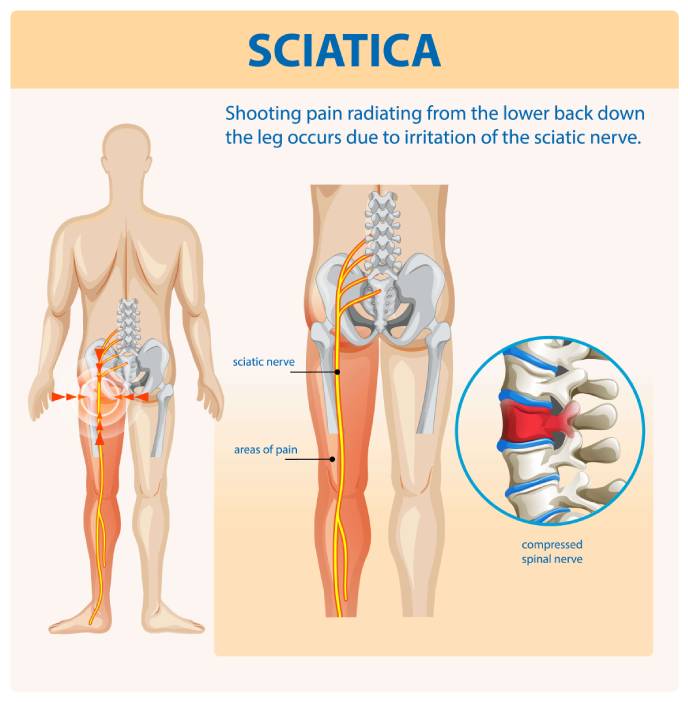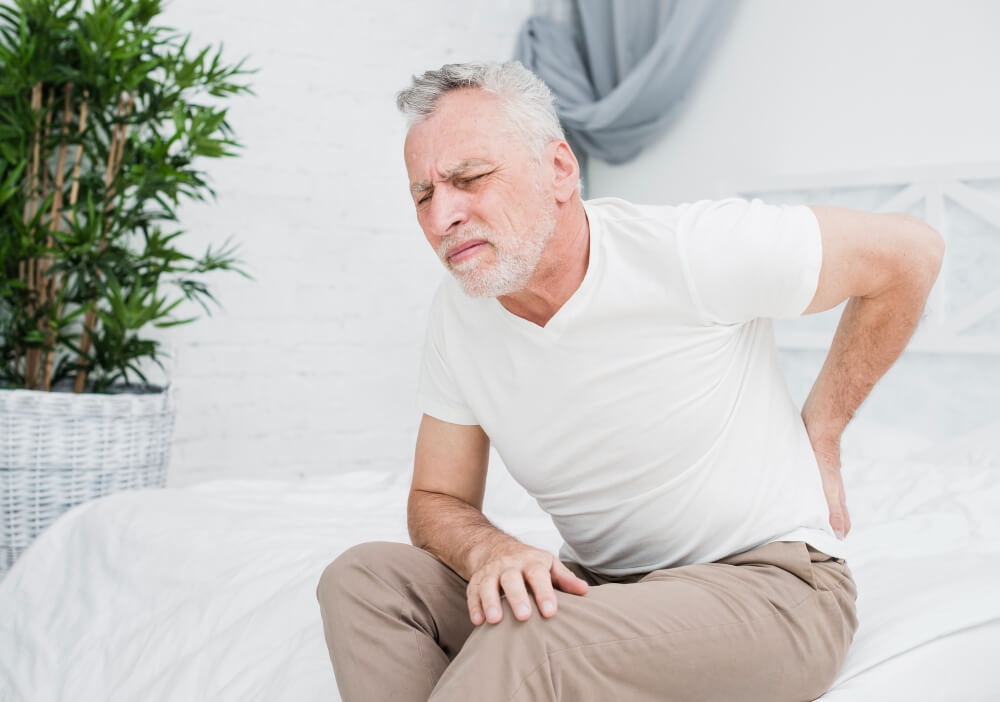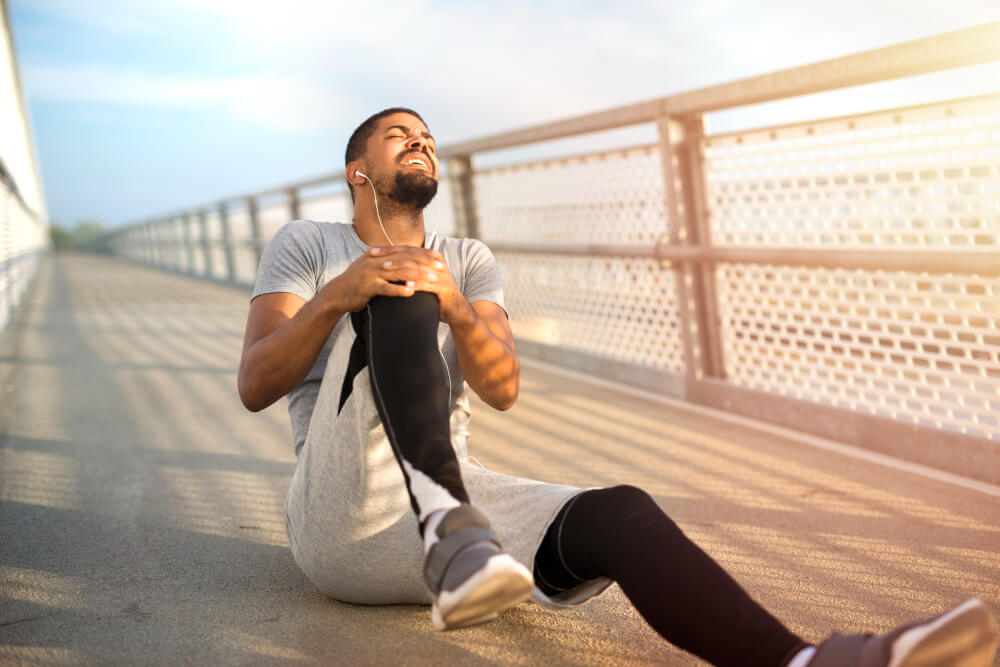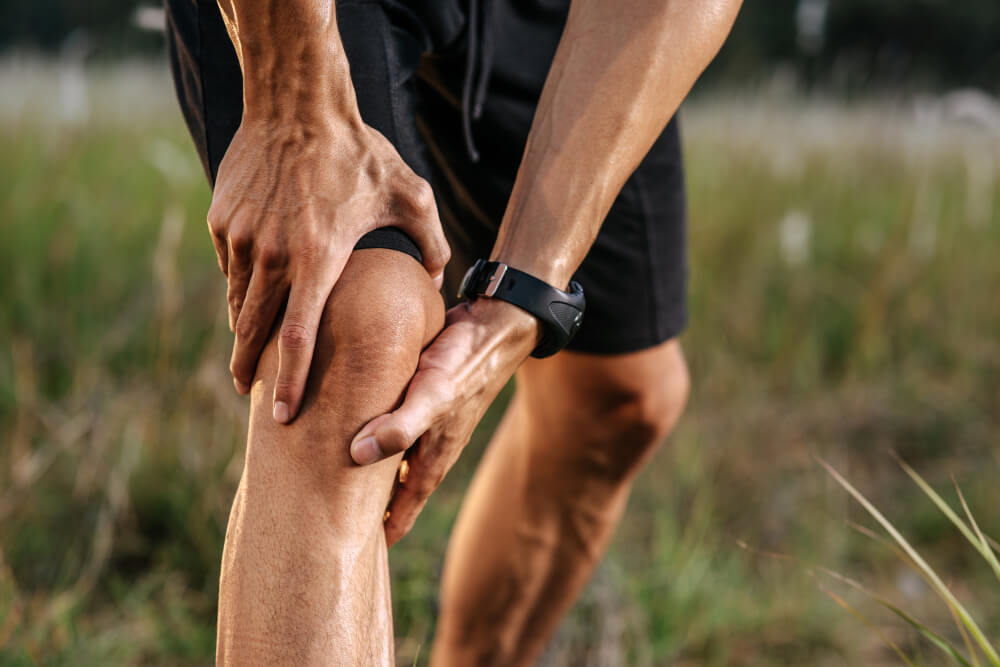Can Acupuncture Help Sciatica? A Natural Option for Managing Nerve Pain
Sciatica causes severe pain that spreads and can make it impossible to sit, walk, or even sleep. The pain usually starts in the lower back and moves through the hips and down one leg. Many people feel better after taking a break, taking medicine, or stretching. Some people might want to try acupuncture or other complementary therapies.
If you’re thinking about getting acupuncture for sciatica in Adelaide, this is all the information you need to know about how it works and what to expect.
What Causes Sciatica?
When the sciatic nerve gets pinched or irritated, it can cause sciatica. You can feel tingling, burning, numbness, or pain that feels like electricity going down your leg.
Some common explanations are:
- Discs that have slid or bulged.
- Tight muscles, especially in the glutes (piriformis syndrome)
- As you get older, your spine may change in ways such as the discs being smaller (spinal stenosis) or breaking down.

How Acupuncture Could Help with Sciatic Pain
Acupuncture is a type of Traditional Chinese Medicine (TCM) that uses very thin needles to touch certain regions of the body. From a modern biomedical point of view, acupuncture might help:
- Help blood flow to the area around the nerve that hurts.
- Loosen up muscles that are tight and can be putting stress on nerves.
- Help the body create endorphins, which are natural painkillers.
- A lot of people have varied opinions about acupuncture, but a lot of them think it can assist with pain.
What to Expect at Your Appointment
At Yi Hong Acupuncture Clinic in Adelaide, every appointment starts with a complete consultation to find out about your medical history and symptoms. Most of the time, treatment includes:
- Putting small, clean needles on the lower back, hips, and legs
- A relaxing 30 to 45 minutes while the needles work.
- Suggestions for changing how you sit, doing some simple stretches, or getting help moving around
The number of sessions will depend on how well you respond and how healthy you are overall.
Safety and Possible Side Effects
When done by trained specialists, acupuncture is usually safe. We utilise sterile, single-use needles and follow rigors guidelines about cleanliness at work.
People might think:
- Some pain or bruising at the places where the needles went in
- A little bit of tiredness, feeling dizzy (not very often)
If you have a bleeding problem or take blood thinners, you should see your doctor before getting acupuncture.

Can Acupuncture help with Sciatica?
Some people think that acupuncture can help with sciatic pain when used with other treatments, but it is not a cure. If you’ve tried relaxing, stretching, or taking medicine and they didn’t work, acupuncture is another option that can help you feel better and move around more easily.
Acupuncture works best when it is used with other modalities, like:
- Light exercise or therapy for the body
- Core-strengthening exercises
- Help with the best posture and ergonomics
Are you Ready to Seek Acupuncture for Sciatica in Adelaide?
At Yi Hong Acupuncture Clinic, we’ve been in business for more than 20 years and take a whole-body, personalised approach to healing. We want you to know that you have all the information and help you need at every step.
Call us today to set up an appointment and see whether acupuncture can assist with the discomfort in your sciatic nerve.


